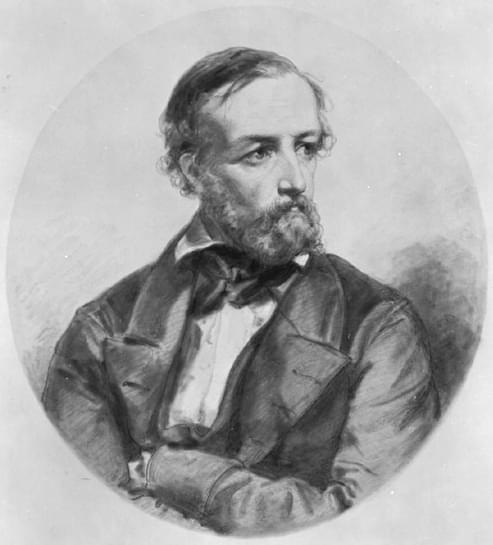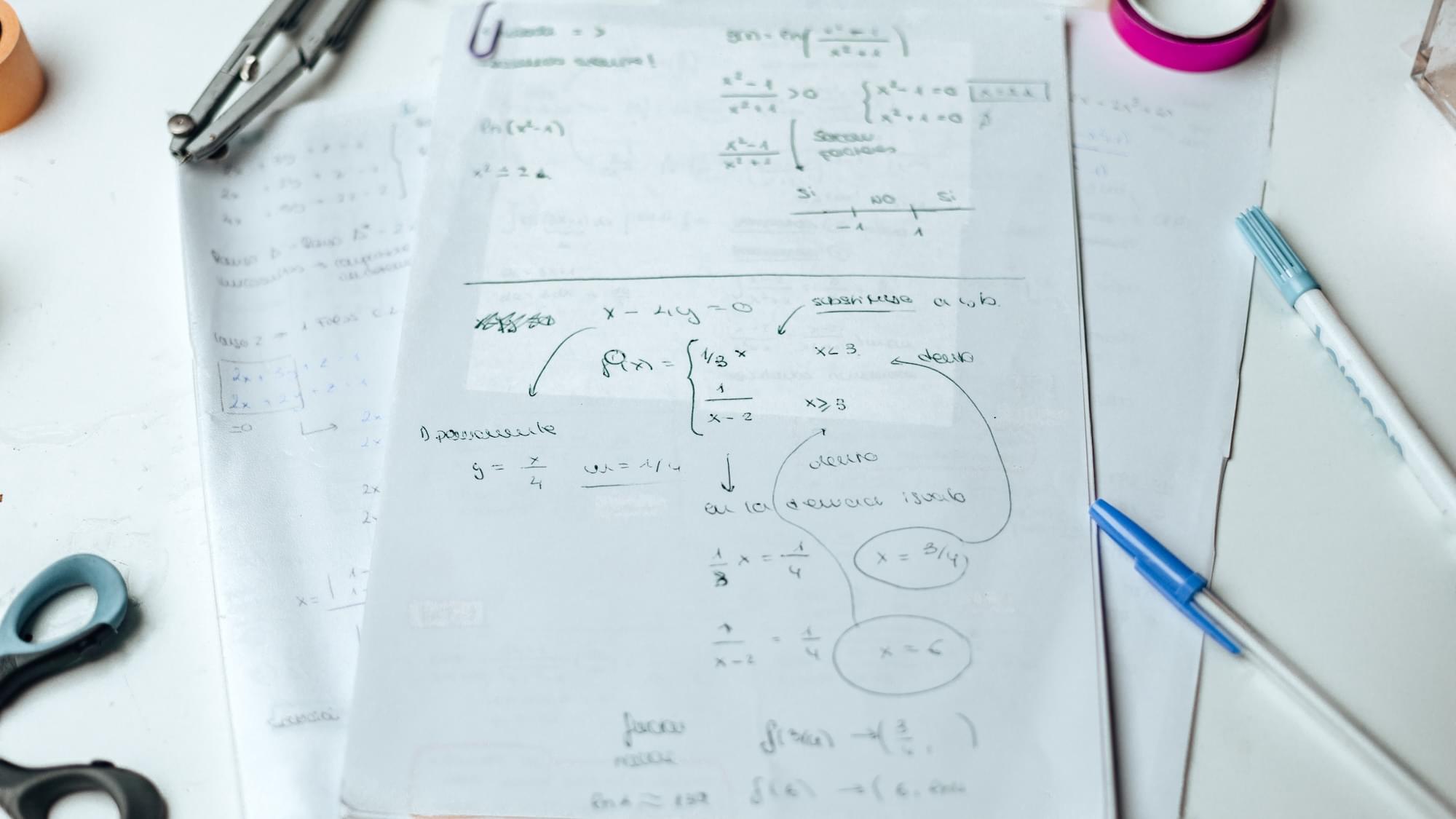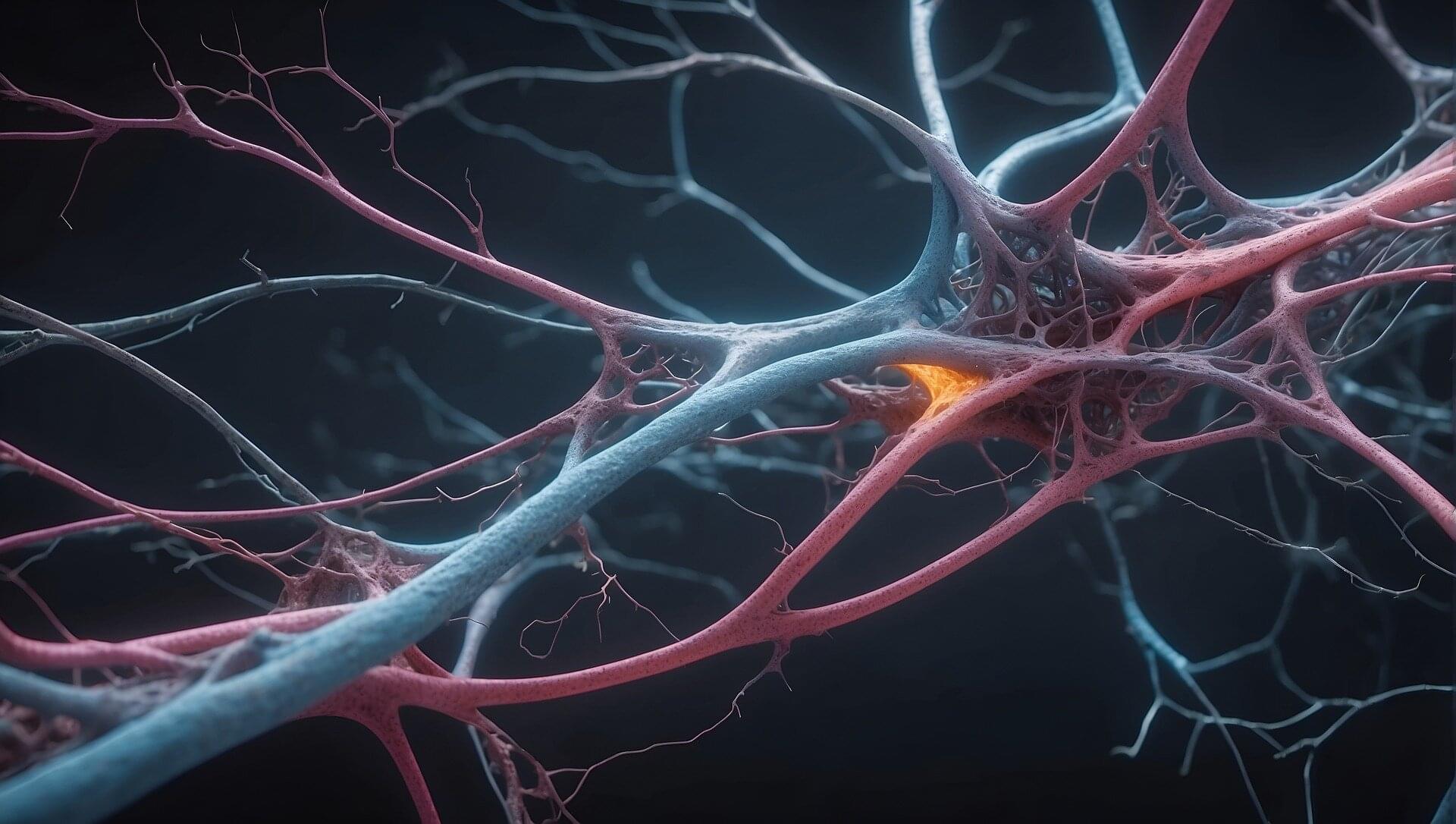It inspired further work — mathematicians like Sophie Germain had previously contributed techniques (notably the “Sophie Germain trick” for special primes), and Dirichlet’s work continued the trend of applying novel number-theoretic tools.
(/ ˌ d ɪər ɪ ˈ k l eɪ / ; [ 1 ] German: [ləˈʒœn diʁiˈkleː] ; [ 2 ] 13 February 1805 – 5 May 1859) was a German mathematician. In number theory, he proved special cases of Fermat’s last theorem and created analytic number theory. In analysis, he advanced the theory of Fourier series and was one of the first to give the modern formal definition of a function. In mathematical physics, he studied potential theory, boundary-value problems, and heat diffusion, and hydrodynamics.
Although his surname is Lejeune Dirichlet, he is commonly referred to by his mononym Dirichlet, in particular for results named after him.









